More Than Skin-Deep – Dismantling the Skin Tone Myth by Anagha Madhan
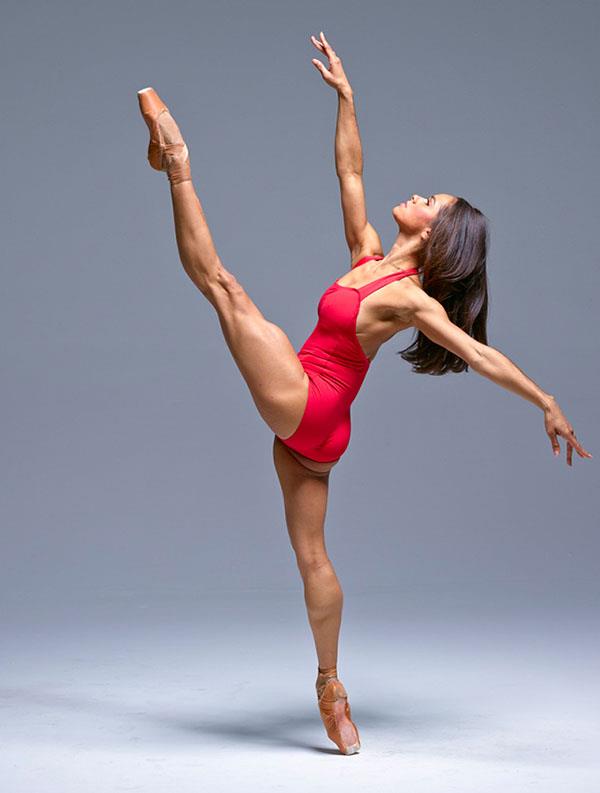
Misty Copeland, Photo: Brad Trent
In 2015, Misty Copeland shattered centuries-old barriers when she became the first black principal dancer in the American Ballet Theatre. Her journey was far from easy; she was told that her muscular body and dark skin didn’t fit ballet’s traditional mould.
Carlos Acosta, who is now hailed as one of the greatest male dancers of his generation, once faced racial stereotyping early on in his career, being typecast into roles that limited his true potential. Despite such obstacles, these dancers, and many many more, defy expectations and stereotypes set for them everyday, and prove that grace and talent transcend skin colour.
The myth that ballet is an art form reserved for individuals with fair skin has lingered in its history, woven into its Eurocentric origins and further perpetuated by casting practices, company environments, and society-set audience biases. This is a narrative that not only excludes, but also undermines the contributions of dancers of colour who bring richness and depth to the art form. More importantly, it goes completely against a simple fact: dance has no borders – be it gender, sexuality, race, or colour, dance is for every single person who can move, even if it’s just a nod of the head!
A point we have tried to accentuate in our mythbusting series has been that ballet’s true beauty lies in its ability to convey the full spectrum of human emotion and experience through movement. To claim that fair skin is a prerequisite for achieving success in the dance form is not just outdated, but an entire disservice to an art form that thrives on self-expression, and hence on diversity. In this blog, we aim to peel back the harmful layers of this myth, and explore its roots and impact, hence learning the ways ballet has evolved, and must evolve, to embrace dancers of all shades.
A Historical Context
As mentioned in our previous myth-busting blogs, it is important to acknowledge that all myths stem from some amount of truth. Ballet’s roots lie in the royal courts of Renaissance Europe, where it was a symbol of elitism and refinement. It then went on to become institutionalised through schools like the Paris Opera Ballet. This is an important fact, because from this we can arrive at the question, what gained students admission into schools such as the Paris Opera Ballet? This is where we can see where the aristocratic ideals associated with ballet have perpetuated from. Dancers were to be graceful, slender, and, notably, fair-skinned. This standard mirrored the racial hierarchies of the time, where fair skin equaled beauty, purity, and privilege, and left little to no room for diversity.
Ballet, the ever persistent art form, spread globally through colonisation and survived, even flourishing, through many eras of the world. However along with it, its Eurocentric ideals were also passed on. In colonised regions, local dances were often marginalised or assimilated into a Western framework, reinforcing the narrative that classical European ballet was superior and that its performers should definitely conform to its aesthetic ideals with absolutely no wiggle room. This legacy is something that unfortunately lingers today, as many ballet companies continue to showcase predominantly white casts in lead roles, and many coloured kids do not see a future in ballet for themselves, hence reflecting this historical bias.
This cross pollination of dance forms shows just how dynamic, and accepting, in fact dependent, on different forms of expressions and diversity ballet is; it is definitely not inherently tied down to a single ethnicity. This perspective is one we wish to highlight, because it actively challenges the myth that ballet is only for fair-skinned individuals, highlighting the importance of dismantling the racial hierarchies that are not a part of ballet, but have historically constrained its true potential.
The False Ideal of Uniformity
For centuries, a flawed notion of “uniformity” has clung to ballet, one which equates a sameness in appearance – particularly fair skin – with the overall harmony and grace achieved on stage. This narrow ideal has unfortunately been reinforced through casting decisions, costume design, and even stage lighting that favours lighter skinned dancers while washing out those with darker skin. But any ballerina will be happy to tell you that true uniformity in ballet does not lie in the superficial “sameness” of skin tones, but in the shared discipline, artistry, and love for movement of its performers.
The persistent lumping together of lightness with beauty and grace does much more that exclude dancers of colour – it undermines the essence of ballet as a universal language of expression. By adhering to this limited, unbased aesthetic, the art form is denying itself the richness that comes from diversity. A dancer’s ability to convey emotion, embody a character, and captivate their audience transcends their complexion. In fact that is the very basis of character dance or playing any role on stage. Our skin tone hardly limits us from embodying the Cheshire Cat, the Snow Queen, or Giselle!
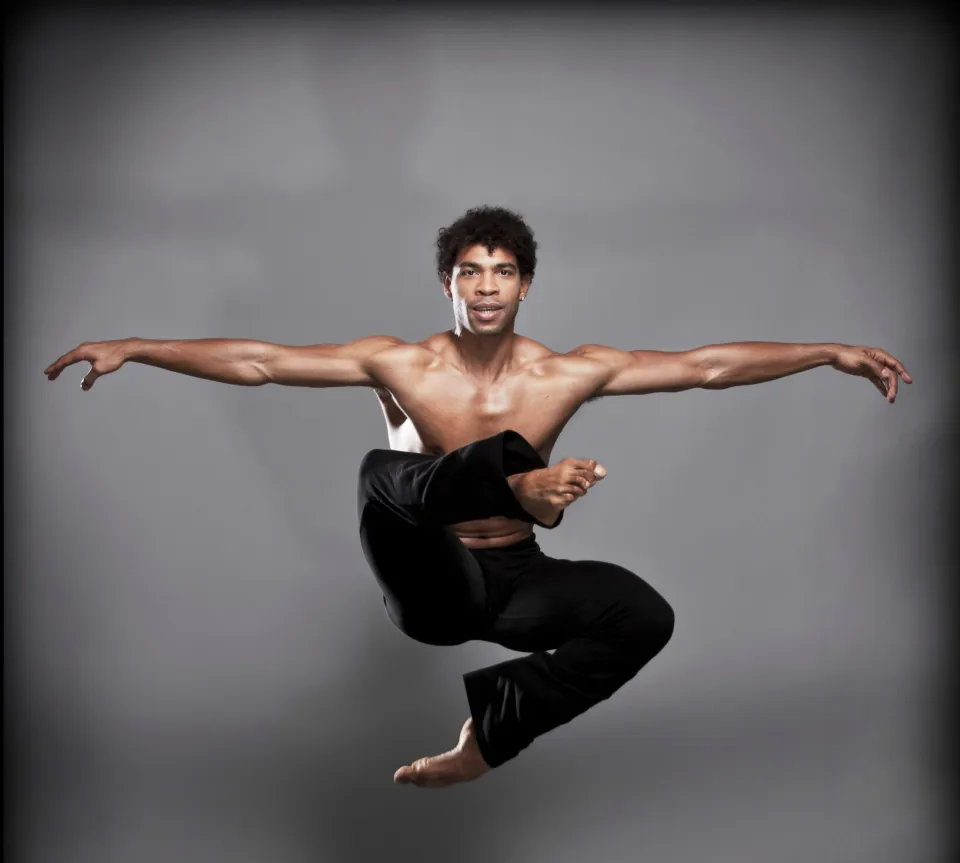
Carlos Acosta, Photo: The Sun
How Diversity Enhances Ballet’s Storytelling
At its core, ballet is about storytelling – an art form that aims to speak about the human experience to humans. Brown and black dancers are very much as part of this human experience as white dancers, and their lived realities add depth and nuance to their performances. For example, Carlos Acosta’s Cuban heritage has most definitely nuanced his powerful interpretations of roles like Basilio in Don Quixote, infusing the character with a vibrancy that can only be found in his cultural identity. Similarly, dancers of South Asian descent like Amar Ramasar have redefined what it actually means to be a principal dancer in elite companies, proving that technique and artistry flourish in every single skin tone.
When dancers with diverse backgrounds get the opportunity to grace the stage, they bring with them this mosaic of nuances, emotions, and movements that help enrich ballet’s narrative potential.
It is proved time and time again that art thrives on diversity, on the interplay of different voices, experiences, and expressions. Embracing dancers of different skin tones is not something to be done just in the name of inclusion, but a way to make sure that ballet continues its journey as a profound, universally resonant art form.
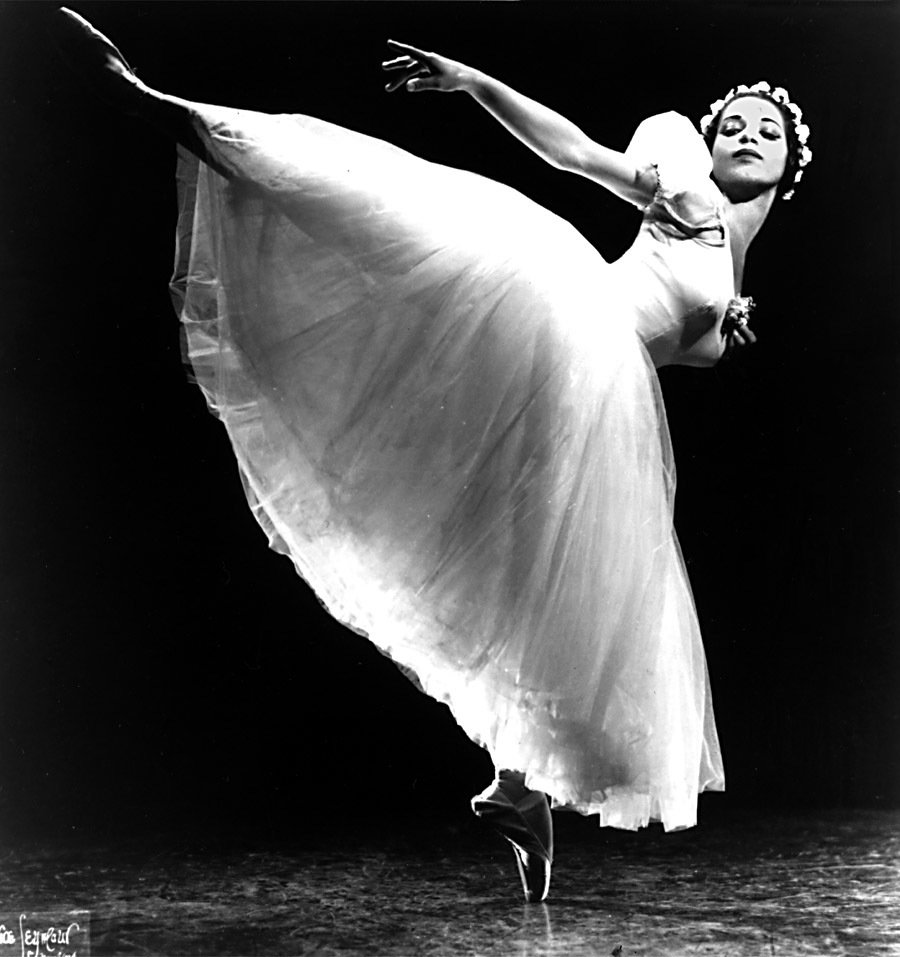
Raven Wilkinson, Photo: The New York Times
Trailblazer’s Who Changed Ballet’s Landscape
Throughout history, we have had dancers of colour who have shattered barriers and fiercely challenged the deeply ingrained biases of the ballet world.
Raven Wilkinson
She was one of the first back dancers to perform with a major ballet company, breaking barriers in the 1950s despite the discrimination she faced on and off stage. Her perseverance and sheer talent paved the way for artists like Misty Copeland.
Cira Robinson
Hailing from the UK, Robinson is known for her work with Ballet Back – a company dedicated to increasing diversity in ballet. She has helped redefine the landscape of classical ballet with her talent and by serving as a very important role model for young dancers of colour.
Carlos Acosta
A Cuban born dancer, Acosta redefined masculinity in ballet. Rising from a humble background, he became a shining star at the Royal Ballet, with a career testament to how cultural identity enriches ballet’s traditional roles, as opposed to rendering them meaningless.
Amar Ramasar
An American dancer with South Asian heritage, Ramasar has demonstrated how representation from regions outside ballet’s historical epicenters contributes to its growth and evolution.
Other than such trailblazers, ballet companies like BalletBlack and the Joburg ballet also play an important role in empowering young dancers of colour, proving that excellence is not constrained to any part of the globe.
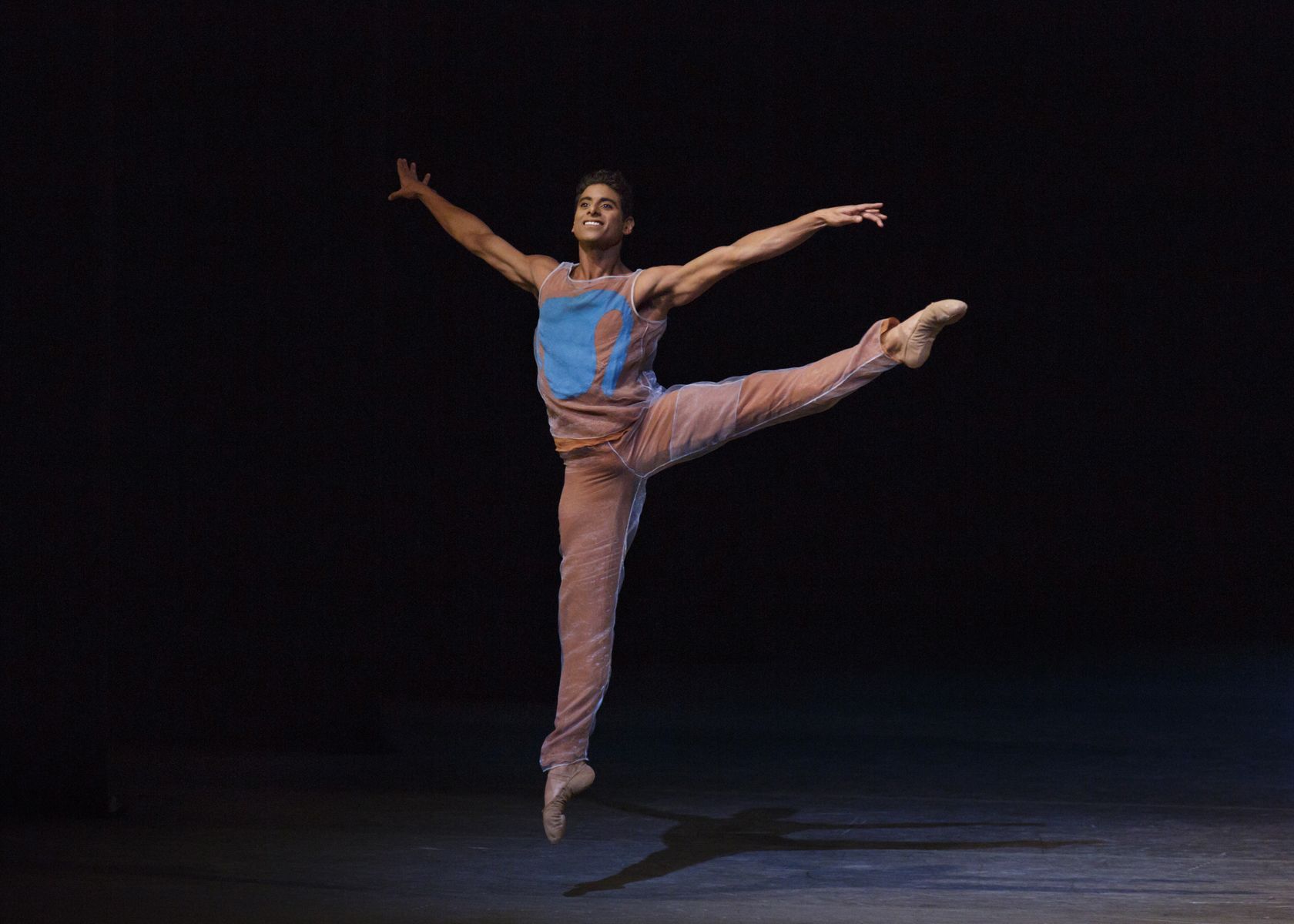
Amar Ramasar in Pictures at an Exhibition, Choreography by Alexei Ratmansky, New York City Ballet, Photo: Paul Kolnik
Representation as Inspiration
Seeing oneself reflected on stage holds an incredibly transformative power, much like how seeing diverse and inclusive characters on TV helps children feel valued, recognised, and integral to the dance community and humanity as a whole. For young dancers of colour, seeing someone who shares their skin tone or heritage take centre stage can be life-changing. It tells us that our dreams are valid, and achievable, even in an art form steeped in stereotypes and historical exclusivity.
Representation isn’t just about breaking stereotypes – we must rewrite the narrative. When young dancers see black and brown dancers like Misty Copeland or Carlos Acosta, they see that they deserve to take up and make their own space in an art form that has long resisted change. Visibility not only inspires people, but also challenges audiences and institutions to break away from constraints and embrace a broader, more inclusive, more accurate definition of ballet.
Signs of Change: A Push Toward Inclusivity
There has been an exponential rise in inclusivity, as ballet has begun to acknowledge its need that goes beyond just surface level, or symbolic efforts – tokenism. Companies and schools have started creating nude tights and pointe shoes in a broader range of skin tones, an important first step in addressing the material aspects that often alienated dancers of colour. There must be continued efforts to acknowledge that true inclusivity is not just about finding the right shade of tights or shoes but embracing dancers as they are, and recognising the full spectrum of the beauty of ballet.
Choreographers and directors are also beginning to challenge the traditional narratives imposed by the Eurocentric history of ballet. Recently, creators are more open to move away from strictly adhering to the classical casting norms and exploring new ways to represent diversity on stage. By reimagining roles that have traditionally been assigned ro white dancers, and diversifying cast members as well as stories, the ballet world is creating new opportunities for dancers of colour who were once sidelined by the narrow scope of ballet’s aesthetic.
What We Need To Solve: Tokenism & Biases
Of course, to say the path to equity is without hurdles and that we are hurtling toward complete acceptance of all skin tones would be unrealistic. One insidious issue we must first, become aware of, and second, tackle, is tokenism: the practice where a dancer of colour is given visibility, but only as long as it fits the narrative. That is, only within the confines of stereotypical roles that underscore established narratives. This does little to challenge the myth that ballet is meant for only one type of person. Dancers of colour are often immediate shoo-ins for “exotic” or “othered” roles – roles that perpetuate the very marginalisation that ballet has evolved beyond. Superficial steps like this overlook the importance of giving all dancers equal opportunity for all roles, and in fact damage the effort for an all-inclusive stage.
Another aspect to this are the microaggressions and the systemic biases that are embedded in the culture, not as a fault of ballet, but due to sheer unawareness and a lack of education. It’s not just about who is chosen to perform, but how dancers are treated in everyday life. As dancers we must be what we hope to see in the ballet world one day. A world where biases can dictate audition processes to dancing amidst undercurrents of discrimination in a company is not a world we want to create, and would definitely make it harder for dancers of colour to thrive.
Additionally, the physical expectations placed on dancers of colour can be staggering. It is important to realise that features like skin colour and hair type are not set pieces that can be changed around. Asking a brown skinned dancer to straighten their hair or lighten their skin tone is a silent message that conformity is more important than authenticity, which is not the message we want to propagate.
Breaking The Cycle: Educating The Gatekeepers
The ballet community, although one of the oldest and most evergreen communities out there, is not exempt from self-reflection and growth. Truly diversifying means confronting our unconscious biases. Whether you are a teacher, a director, a fellow dancer, or just a member of the community, a self check of unconscious biases is beneficial to all. Changes to casting and more access to resources, while important, do not mark the end of the battle. The real transformation occurs when gatekeepers – teachers, directors, and companies – reorganise and dismantle biases that influence decisions.
As the community, we must work from the ground up! Parents, students, and spectators alike must challenge the notion that ballet is a domain restricted to one body type, one skin tone, or one culture. The audience’s role in embracing and encouraging diversity can serve as a powerful catalyst for change in how companies cast roles and tell stories.
This is Your Sign: Take Up Your Place In Ballet!
If you have ever felt that ballet isn’t for you because of your skin tone, it is important to remember that this art form, like all forms of dance, is meant to express who you are, and not to fit a narrow, outdated image. You wouldn’t wear clothes from the Renaissance; why impose that image on yourself? Ballet is about technique, dedication, and passion – qualities that are not limited to any skin colour. Many dancers of colour, past and present, have broken down barriers to prove that ballet belongs to everyone, and created a vibrant community waiting to embrace your unique perspective and experience. Ballet isn’t just for just one type of person – it is for anyone who wants to do ballet, who wants to make their mark on – and get marked by – this beautiful, ever-evolving art form.
No one’s view of ballet should limit what your view is or what you can achieve with it. The stage is waiting for you, just as it has for so many other dancers who have come before you!


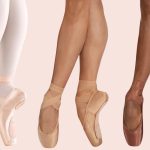

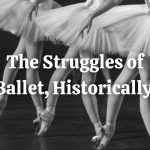


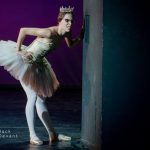
Leave a Reply